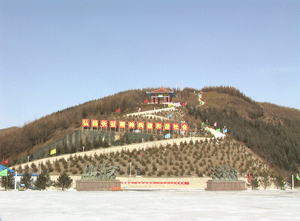 |
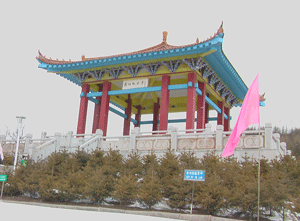 |
| There is Long March Museum. |
This is the new-repairing Long March Pavilion. |
 |
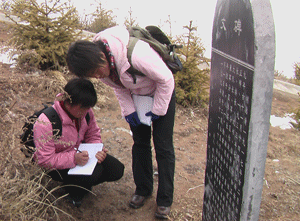 |
This is old Red Army soldier-Mr Hu De-qing's tomb. He
joined the army in 1933. After China's liberation in 1949,
he worked in Guyuan Army District. He was died in 1999.
According to his will, his bone ashes were scatted on
Liupan Mountain.
|
We decided to make a record of his stories and told
our classmates. |
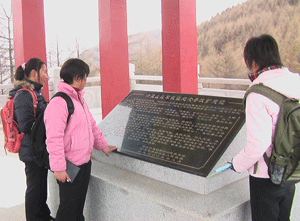 |
 |
| Introduction of Long March Museum |
These stone steps did not exist in 1930. |
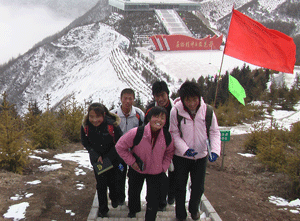 |
 |
| Then, we went to visit Chairman Mao's poet-creating
platform. |
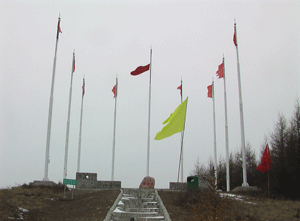 |
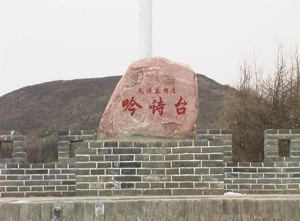 |
| Look! Poet-creating platform.According to
museum staff's introduction, the stone Chairman Mao sat
on was red; however other stones are not red. What a wonderful
thing! This red stone is matched with our activity theme
"Red Liupan". |
 |
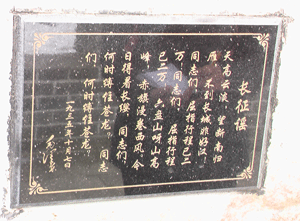 |
| At the back, there is a poem-"Changzheng Yao". |
We guessed that Chairman Mao created "Changzheng
Yao" while sitting on this red stone. |
 |
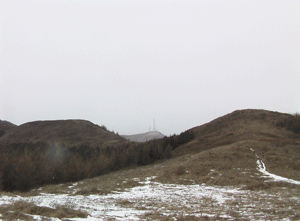 |
| Which direction Mao faced? We didn't know. |
There was a large flat behind the poet-creating platform,
where the front armies rested. We also saw Liupan TV Tower
in far distance. |
